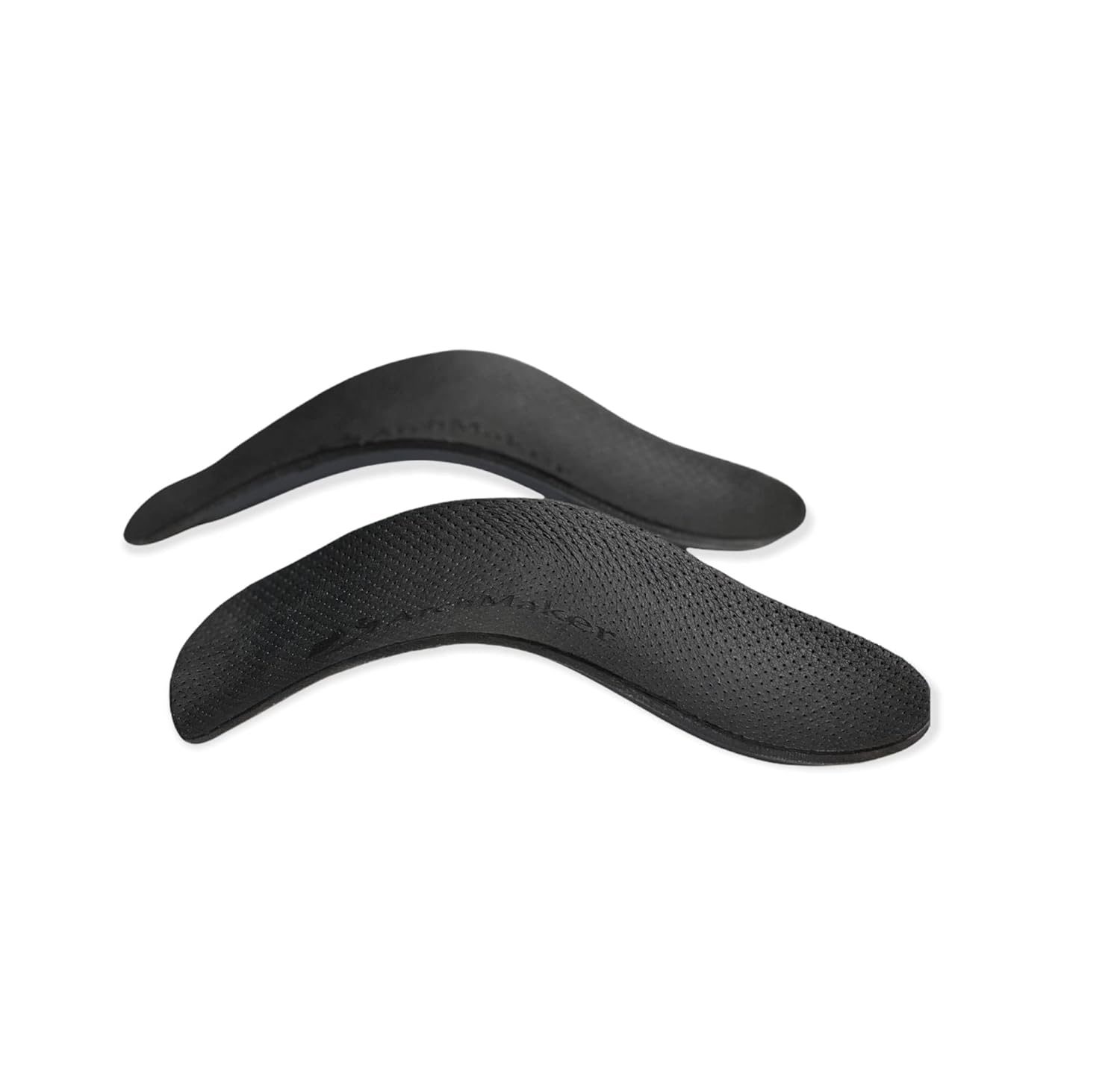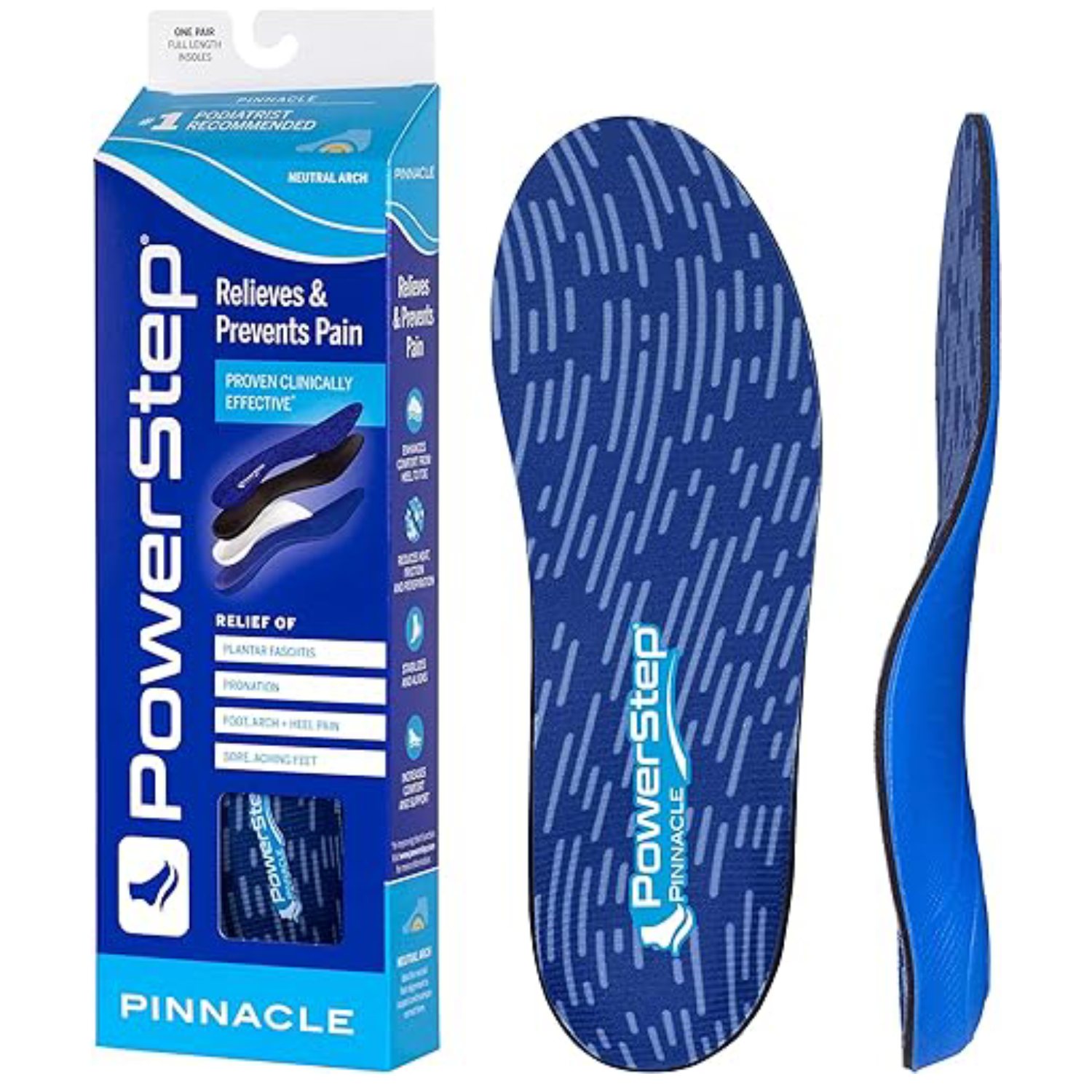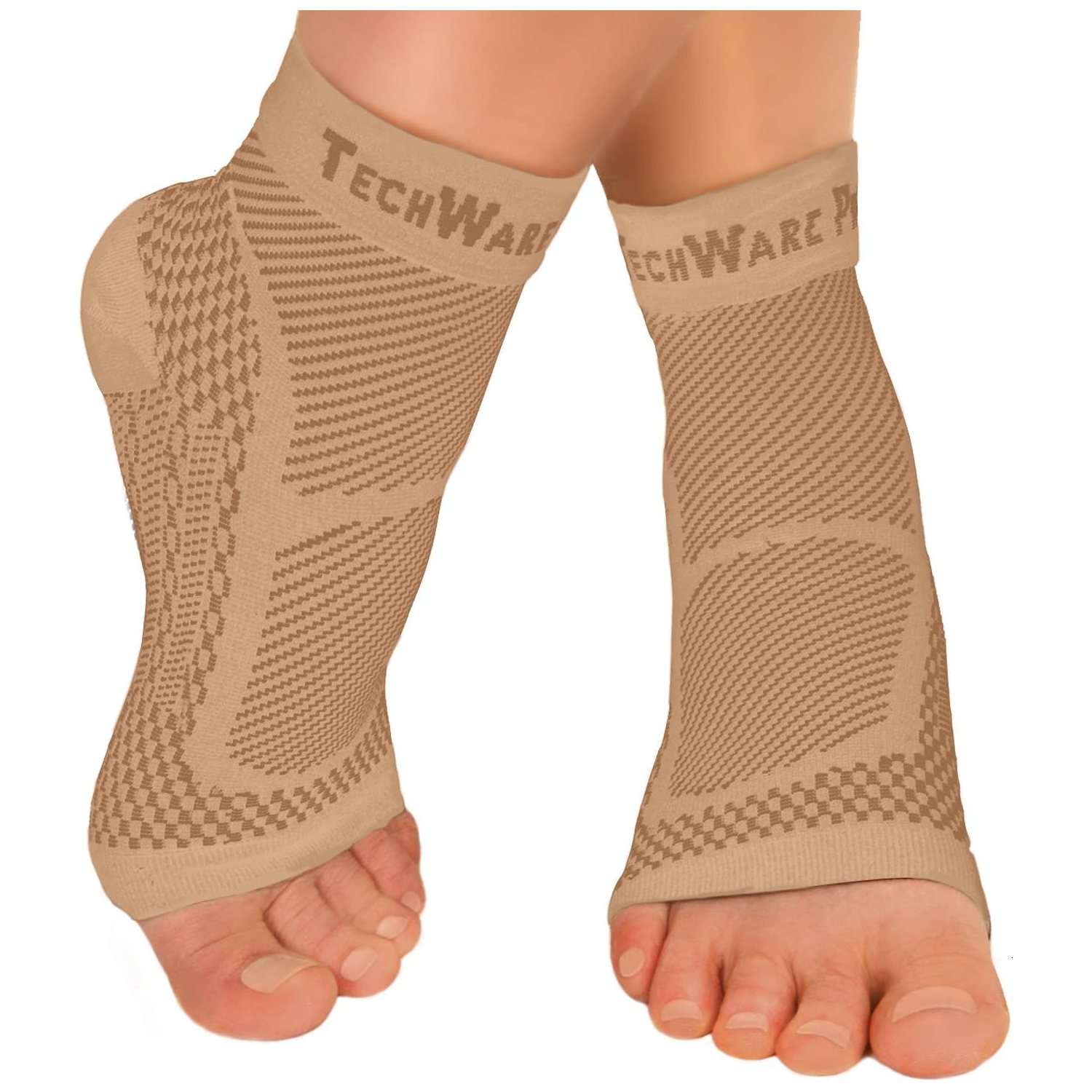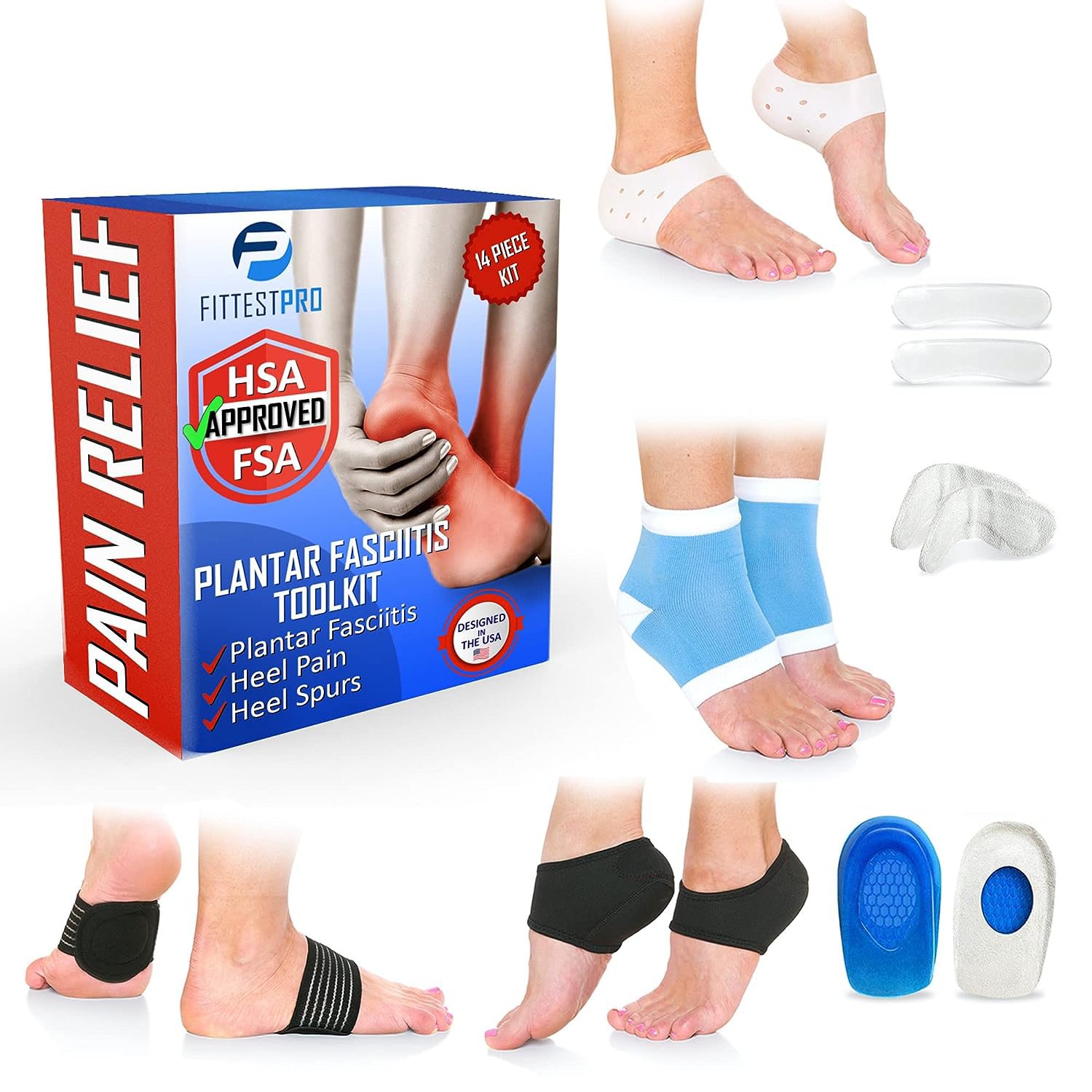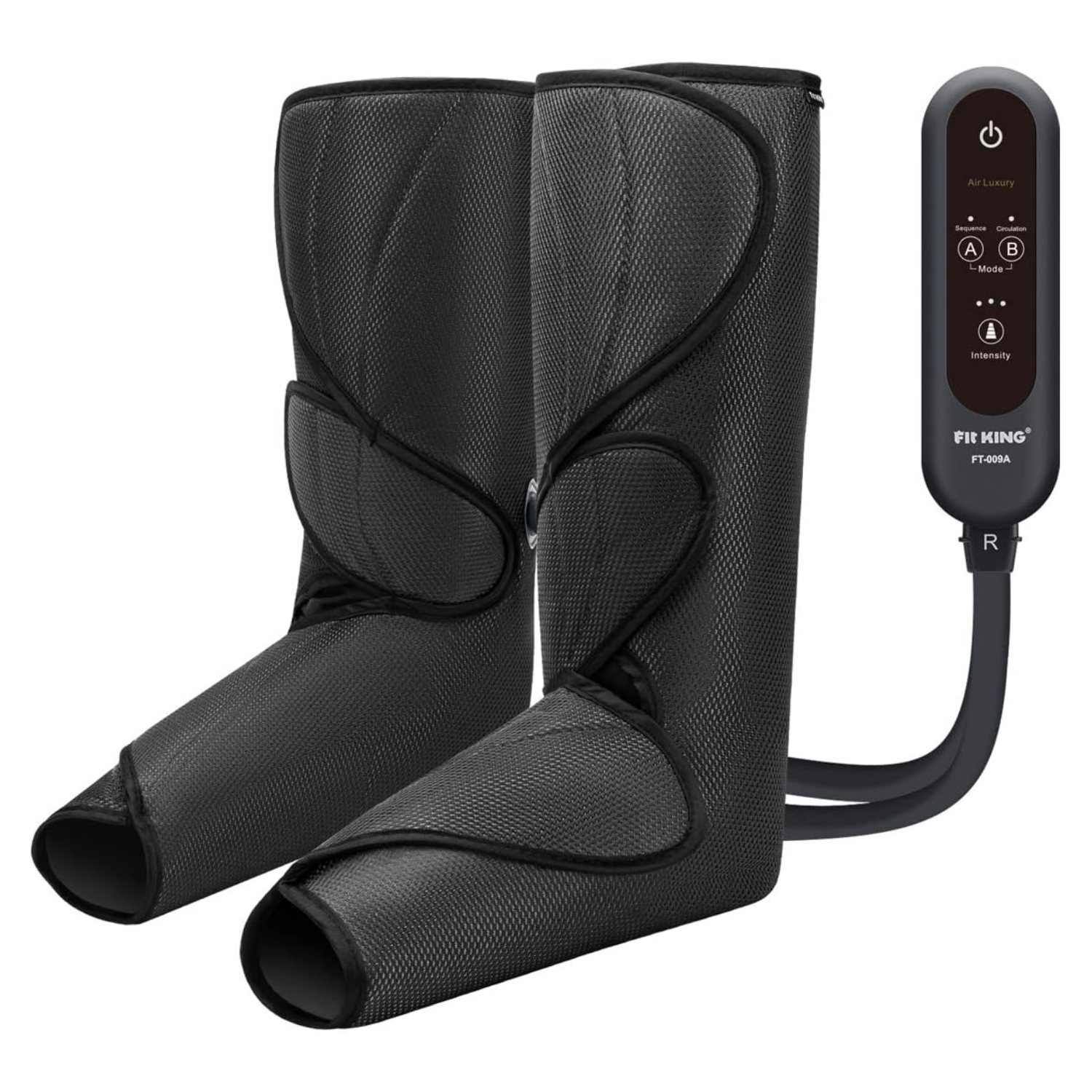The Impact of Plantar Fasciitis in Golf:
Plantar fasciitis often affects golfers due to the nature of the sport. The foot undergoes overextension during pivots, allowing the hips to rotate effectively. Unfortunately, this repeated overextension weakens the plantar fascia muscle, which is responsible for supporting the arch of the foot. When the plantar fascia is not adequately supported, it becomes inflamed, leading to chronic pain and discomfort.
Understanding the Causes:
The main cause of plantar fasciitis in golf is the necessity for the plantar fascia muscle to be repeatedly overextended during swings. This strain and overuse can weaken the muscle over time, making it more susceptible to inflammation and injury. Furthermore, tight plantar fascia muscles that lack regular stretching and support can lead to persistent heel pain, further hindering a golfer’s performance.
Preventing Plantar Fasciitis in Golf:
Fortunately, there are steps golfers can take to prevent or manage plantar fasciitis effectively. Here are some essential strategies:
- Wear Supportive Golf Shoes: Investing in stable and well-fitting golf shoes is vital. Look for shoes that provide adequate arch support and stability, ensuring they do not wobble during your swings. High-quality shoes specifically designed for golf can significantly reduce the risk of developing plantar fasciitis.
- Regular Stretching Program: Developing a regular stretching routine for the plantar fascia muscle is crucial. Stretching exercises can help maintain flexibility and strength in the foot, reducing the chances of overextension and injury. Consult with a healthcare professional to learn specific stretching techniques for golfers.
- Support with Insoles and Orthotics: Insoles and orthotic devices can provide additional support and cushioning for the plantar fascia. These inserts are designed to distribute pressure evenly and reduce strain on the foot. It is essential to choose the right type of insole or orthotic based on your specific needs and consult with a podiatrist for proper fitting.
- Use Archmaker: Archmaker is a specialized device meant to use while at rest or while sleeping. It holds the foot in a pointe position, stretching the extensor muscles, and releasing the plantar fasica muscle. Using Archmaker for four weeks, four hours per day leading up to tournaments or multi-day play can help alleviate stress on the plantar fascia and reduce the risk of developing or exacerbating plantar fasciitis symptoms.
Plantar fasciitis can be a debilitating condition for golfers, as Tiger Woods experienced when he withdrew from the Masters due to this foot problem. Implementing preventive measures, such as wearing supportive shoes, regular stretching, using insoles or orthotics, and using Archmaker, can significantly reduce the risk of plantar fasciitis and its impact on a golfer’s performance. By prioritizing foot health, golfers can optimize their gameplay and enjoy the sport they love without being sidelined by foot pain and discomfort.
